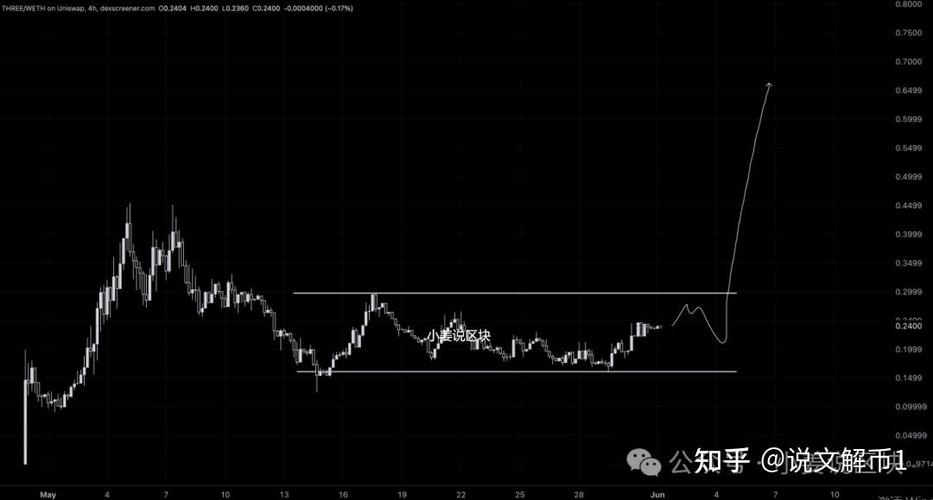
Understanding ETH: A Comprehensive Guide
ETH, short for Ethereum, is a cryptocurrency that has gained significant popularity in recent years. If you’re new to the world of digital currencies, you might be wondering what ETH is and how it can be used. In this article, we’ll delve into the details of ETH, covering its various uses, the process of mining ETH, and the technical aspects that make it unique.
What is ETH?
ETH is the native cryptocurrency of the Ethereum blockchain network. It serves as a medium of exchange, a store of value, and a fuel for decentralized applications (dApps) and smart contracts. Unlike Bitcoin, which was the first cryptocurrency, ETH is designed to facilitate the creation of decentralized applications and smart contracts on the Ethereum platform.

Common Uses of ETH
Here are some of the most common uses of ETH:
-
Payment Method: ETH can be used to make online transactions or as a payment method for goods and services. Many merchants and service providers accept ETH as a form of payment.
-
Smart Contracts and dApps: ETH is used as “gas” to power smart contracts and dApps on the Ethereum network. This means that without ETH, these applications would not be able to function.
-
DeFi: Decentralized Finance (DeFi) platforms often use ETH as a means of earning interest or as collateral for borrowing other cryptocurrencies.

-
NFT Purchases: ETH is the primary currency used to buy and sell non-fungible tokens (NFTs) on many NFT markets.
-
Investment and Value Storage: Many people purchase and hold ETH as an investment, hoping for long-term growth in its value. Some even consider ETH as a digital gold, a way to store value.
-
Blockchain Governance: In some Ethereum ecosystems, ETH can be used as a voting token, allowing holders to participate in governance decisions.
ETH Mining: How It Works
ETH mining involves using computer hardware to solve complex mathematical problems in exchange for ETH rewards. Here’s a breakdown of the process:
-
Hardware: The most common hardware used for ETH mining is GPUs (Graphics Processing Units). Different GPUs have varying levels of mining power.
-
Software: Mining software is required to connect your hardware to the Ethereum network and perform the necessary calculations.
-
Network: The Ethereum network is a decentralized network of computers that work together to validate transactions and create new blocks.
-
Reward: When a miner successfully solves a mathematical problem, they are rewarded with ETH.
ETH Mining Calculator
Calculating your ETH mining profitability is essential to determine whether mining is worth it for you. Here’s a simple formula to calculate your mining profitability:
| Hash Rate (MH/s) | Power Consumption (W) | Electricity Cost ($/kWh) | Block Reward | Time to Mine a Block | Profitability |
|---|---|---|---|---|---|
| 30 | 500 | 0.12 | 2 ETH | 14 days | $10 |
ETH Mining Hardware
When choosing ETH mining hardware, it’s essential to consider the following factors:
-
GPU: The most popular GPUs for ETH mining are NVIDIA’s GTX 1060, GTX 1070, and AMD’s RX 570, RX 580, and RX 6800 XT.
-
Power Supply: A reliable power supply is crucial for mining. A high-quality power supply with enough power to support your hardware is recommended.
-
Case: A well-ventilated case is essential to keep your hardware cool during mining.
ETH Mining Pools
Joining an ETH mining pool can increase your chances of earning ETH rewards. Mining pools are groups of miners who work together to





